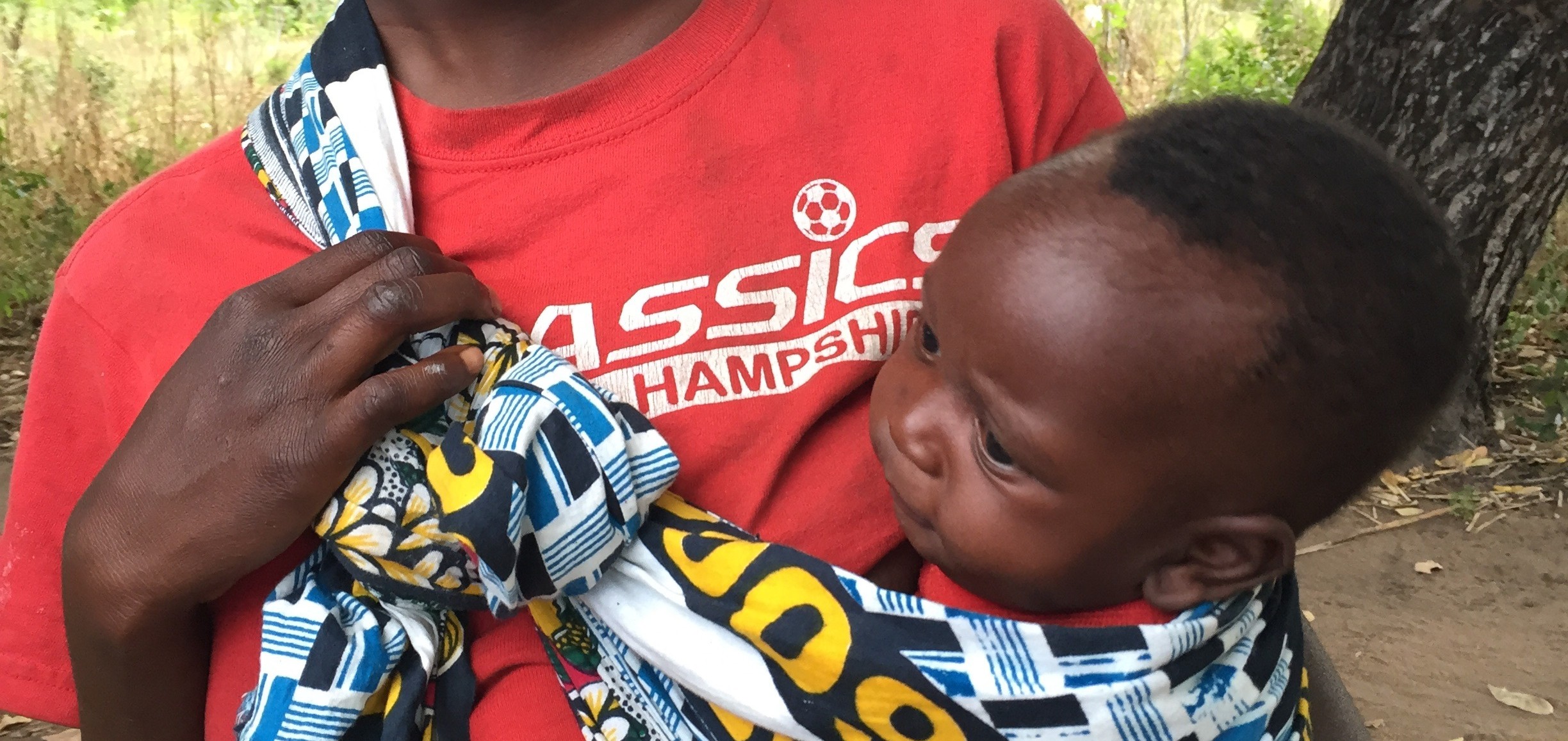A New Study Identifies Biomarkers that Can Distinguish Between Bacterial and Viral Pneumonias
These markers could provide a basis for developing rapid diagnostic tests that help identify paediatric patients that require antibiotic treatment
10.02.2021
The analysis of over 1,000 circulating proteins, combined with a machine-learning approach, identified markers that allow to distinguish between pneumonias caused by bacteria, viruses or malaria. The results of the study, co-led by the Broad Institute of MIT and Harvard and the Barcelona Institute for Global Health (ISGlobal), an institution supported by ”la Caixa” Foundation, provide a basis for developing a rapid diagnostic test that can identify paediatric patients that require antibiotic treatment.
Pneumonia is one of the leading causes of child mortality worldwide. Although the clinical presentation is very similar, it can be caused by a bacterium, a virus or even malaria. While viral pneumonias in childhood are often mild and can resolve without specific treatment, those caused by bacteria require antibiotics or can otherwise progress quickly towards death. Thus, identifying the disease-causing microorganism allows to determine the type of treatment needed and the timing. The problem is that the diagnostic tests to distinguish between the different types of pneumonia are laborious or not sensitive enough.
“For this study, we hypothesised that our body responds differently to a virus, a bacterium or a parasite, and that this could be reflected in the type of proteins produced by such response, which circulate in blood and can be easily measured,” explains Quique Bassat, ICREA researcher at ISGlobal and senior co-author of the study. Thus, the research team used blood samples from 195 paediatric patients with clinical pneumonia, in whom the causal agent had been correctly diagnosed (virus, bacteria, malaria, or mixed infection). For each sample, they analysed over 1,200 proteins associated with inflammation, signal transduction and immune response using a state-of-the art technology that has the additional advantage of requiring a very small quantity of blood (150 microliters). Using the results of the analysis, they generated a machine-learning model capable of accurately distinguishing between viral, bacterial or malarial infections. The study was conducted in the Manhiça district in Southern Mozambique, a malaria-endemic region where pneumonia is the leading cause of childhood deaths.
The results show significant differences in protein expression between bacterial and viral pneumonias (219 proteins) and bacterial and mixed -viral and malaria- infections (151 proteins). Bacterial pneumonias were strongly associated with activation markers of neutrophils (cells of our innate immune system).
With only five protein markers, the predictive model allowed to distinguish bacterial from viral infections with a sensitivity of 90% and a specificity of 95%, which is well above the criteria established by the FIND organisation regarding pneumonia diagnostics. The markers performed well even in a context such as Southern Mozambique, where malaria, malnutrition and HIV infection favour mixed infections.
“With the appropriate technoloy, these markers could serve as basis for future rapid diagnostic tests that can be taken to the field or to the patient’s bed and help identify children with bacterial pneumonia and distinguish between those who need antibiotic treatment and those who do not,” says Bassat.
Referencia
Gillette MA, Mani DR, Uschnig MD et al. Biomarkers to distinguish bacterial from viral pediatric clinical pneumonia in a malaria endemic setting. Clin Infect Dis. 2021. Feb 3. doi: 10.1093/cid/ciaa1843.



